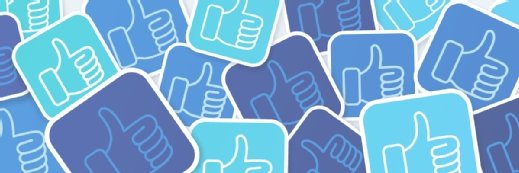
Rawpixel - Fotolia
Tech can spot workplace diversity issues, but actions count
The #MeToo movement spurred HR to tackle harassment and boost diversity. Conference speakers said software that calls attention to problems and aids conversations only goes so far.
The #MeToo movement's rise has spurred increased discussion among both HR technology providers and their customers about the ways HR technology can identify workplace diversity issues and resolve them before they become public scandals.
Efforts to use technology to improve workforce diversity have gained steam in recent years. According to LinkedIn's 2018 Global Recruiting Trends report, 78% of companies have made improving diversity a priority, while 47% are revising their hiring processes to address interviewer bias. Among the technology tools they're using are online assessment tools, tests in virtual reality environments and video interviews, the study found. A number of vendors have developed tools to help HR organizations uncover unconscious bias in job descriptions or screen candidates based on skills or personality traits, thus removing opportunities for bias to creep in through ethnic-sounding names or home addresses an interviewer might regard, for whatever reason, as undesirable.
However, #MeToo has put significantly increased pressure on employers to identify incidents of misconduct that put them at both moral and legal risk, noted Stacia Garr, principal analyst at the human capital consulting firm RedThread Research in Palo Alto, Calif.
Speaking at Unleash America, an HR technology conference held last month in Las Vegas, Garr noted that previous discussions of gender diversity tilted toward the aspirational. Advocates focused on the positive impacts diversity has on a business and had numbers to back them up. McKinsey, for example, reported that organizations in the top quartile for gender-diverse executive teams were 21% more likely to show above-average profitability than those in the bottom quartile.
However, #MeToo has changed that dynamic, Garr noted. Today, employers often struggle to address incidents of harassment that have the potential to "be splashed across the front pages of The Wall Street Journal and The New York Times." Highly publicized situations have forced dramatic, high-level shake-ups, such as the one recently seen at Nike. There, CEO Mark Parker's heir apparent was among a number of executives forced out as pressure increased within the company for leaders to deal with a discriminatory culture after repeated employee complaints went unheeded by HR.
How technology supports #MeToo
When it comes to harassment and culture, HR technology's value often lies in its ability to gather and present data in ways that help employers make meaningful changes. For example, Garr said, technology can raise awareness of bias "in the moment" by flagging inappropriate language in job descriptions or performance reviews. Over time, data can measure the impact of programs intended to combat harassment and alleviate workplace diversity issues.
HR technology can also uncover dynamics that might otherwise go unnoticed by managers. For example, software might call attention to a female employee who has consistently earned high performance scores but has gone years without a promotion. In such cases, Garr said, the technology can say, in effect, "Hey, this is interesting. You might want to do something here."
Based on the survey of available products that Garr presented, measuring attitudes and uncovering problem areas are the themes of most of the HR technology used in combating harassment. For example, a tool from San Francisco-based Cultivate looks at the tone and responsiveness of emails. An analysis might show a difference between the email behavior of men versus women and track how those behaviors have changed over time. That information can lead to conversations about whether the differences are problematic, why they may have evolved and whether the company is headed in the right direction in addressing workplace diversity issues.
Technology informs, but people act
Such conversations may have value, but many diversity and inclusion specialists say they also demonstrate why HR technology's power to handle workplace diversity issues should be kept in perspective. When it comes to having conversations, "you have to remember that technology is only a facilitator," said Janine Truitt, chief innovations officer of Talent Think Innovations, a multidisciplinary business strategy firm in Port Jefferson Station, N.Y. While technology may collect and better analyze diversity and inclusion information, it doesn't always enable -- and certainly doesn't force -- companies to put the information to good use.
Truitt believes there are several reasons organizations may not take action based on what technology tells them. While some may not have learned their tools well enough to fully utilize them, others "are afraid of what they'll find. Technology has evolved into being the mirror, shedding light. That's good to some, but bad to others," she said.
Many HR technology vendors have recognized that. Garr said a number of applications seek to go beyond uncovering unconscious bias and "nudge" users toward actions that will eliminate it from employee communications, screenings, reviews and interviews. For example, a job posting for "a killer media buyer" is likely to attract men and discourage women because its language is more male-centric, Garr said. The right tool can recommend wording that will appeal to a wider audience.
Truitt agreed that technology can help organizations identify bias and workplace diversity issues and recommend strategies to address them. But, she noted, "it still doesn't help you unless you're actually ready to start moving people into positions" that match their skills, experience and personality traits. "And that," she said, "is a manual process."





